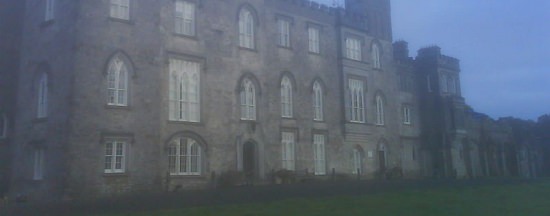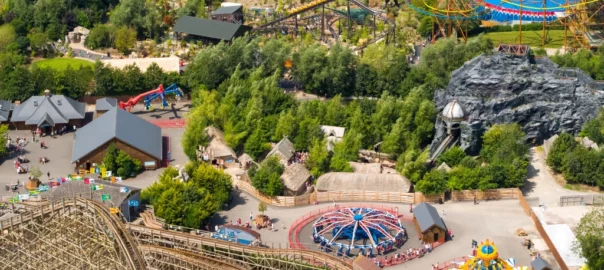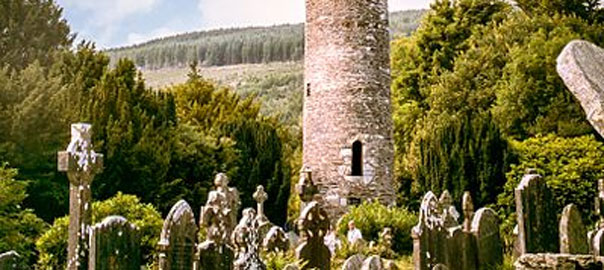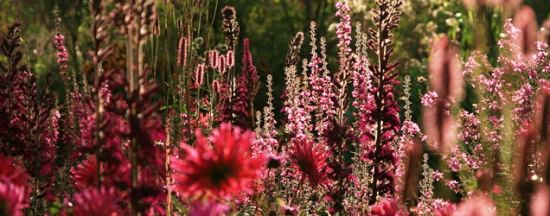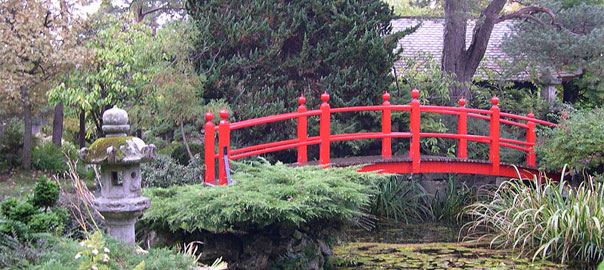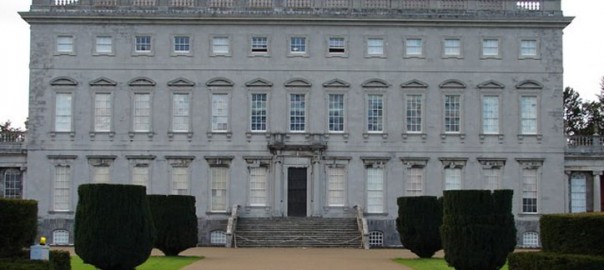Glendalough is a scenic valley and lakeland, with picturesque walking trails and monastic ruins. The Visitor Centre has an exhibition and an audio-visual show, with occasional tours available.
Glendalough is an early Christian ecclesiastical settlement founded by St. Kevin in the 6th century. Set in a glaciated valley with two lakes, the monastic remains include a superb round tower, stone churches and decorated crosses.
In the latter part of the sixth century, St. Kevin crossed the mountains from Hollywood to Glendalough. Within 100 years, the area had developed from a remote hermitage into one of the most important monastic sites in Ireland. The monastery continued to flourish after St. Kevin’s death in 617 A.D.
By the end of the eighth century, the monastery employed up to 1000 lay people to help grow crops and tend livestock. Monasteries were wealthy. In addition to stores of treasure, most monasteries maintained substantial stocks of food and were able to survive periodic famines. Such rich sites were often plundered. Glendalough’s remote location made it an easy target, and between 775 and 1095 it was plundered many times by both local tribes and Norse invaders. Usually the churches and houses were burned, but each time the monastery was rebuilt.
The eventual decline of Glendalough’s monastery was not due to invaders, but rather to a shift in political power. When Glendalough was annexed to the diocese of Dublin in 1152, its importance declined. Despite this, the place has retained a spiritual significance.
Today the ruins of the ancient monastic site are scattered throughout the valley. Many are almost 1000 years old. The main sites are located in the area known as the Monastic City, beside the Visitor Centre. Further afield are the ruins of other churches, extending from St. Saviour’s Church in the far east of the valley, to Temple na Skellig beside the Upper Lake.
The Monastic City is the name given to the main monastic site at the eastern end of the valley, close to the Visitor Centre and the Glendalough Hotel. The following monuments can be seen in the Monastic City.
The Gateway stands at the entrance to the Monastic City, and is perhaps one of the most important monuments as it is now unique in Ireland. The building was originally two-storeyed, probably with a timber roof. Inside on the west wall, is a cross-inscribed stone. Visitors entering the Monastic City from the road still pass through this ancient entrance, walking on some of the original stone paving.
Perhaps the most noticeable monument, the Round Tower is about 30 metres high. The entrance is about 3.5 metres from the base. Originally there were six wooden floors with ladders. The roof had fallen in many years ago, but was rebuilt in 1876 using the original stone. Round towers were multi-functional. They served as landmarks for visitors, bell-towers, store-houses, and as places of refuge in times of attack.
The Cathedral is the largest of the churches, and was constructed in several phases. Of note, are an aumbry or wall cupboard under the southern window, and a piscina – a basin used for washing sacred vessels. Outside the Cathedral is St. Kevin’s Cross – a large early granite cross with an unpierced ring.
The Priest’s House is a small Romanesque building which was almost totally reconstructed using the original stones in 1779. The east end has a decorative arch. The original purpose of the building is unknown, but it may have been used to house the relics of St. Kevin. In the 18th and 19th centuries, it was used as a place to inter priests.
St. Kevin’s Kitchen is a church notable for its steep roof formed of overlapping stone, supported internally by a semi-circular vault. The belfry has a stone cap and four windows facing north, south, east and west, and is reminiscent of a round tower.
Only the low walls of St. Kieran’s Church remain. It was uncovered in 1875, and probably commemorates the founder of Clonmacnoise, a monastic settlement that had associations with Glendalough during the 10th century.
St. Kevin’s Bed is a small cave in the cliff to the east of Temple ne Skellig. The entrance is about 8 metres above the lake. The site is not safely accessible, and has been the scene of many serious accidents. It may be viewed from the Miner’s Road, across the lake. The cave runs back two metres into the cliff and was reputedly a retreat for St. Kevin and later for St. Laurence O’Toole.
(Information supplied by www.wicklowmountainsnationalpark.ie)
Opening Hours:
Visitor Centre open daily: 9.30am – 6pm
Closes at 5pm from Mid-October to Mid-March
Last admission 45mins before closing
Closed 23 – 29 December
Contact & Pricing:
heritageireland.ie/places-to-visit/glendalough-visitor-centre
glendaloughbookings@opw.ie
glendalough.ie
Tel: 04 044 5352
Glendalough, Co. Wicklow
Adults €5; concessions. Free admission on the first Wednesday of every month

